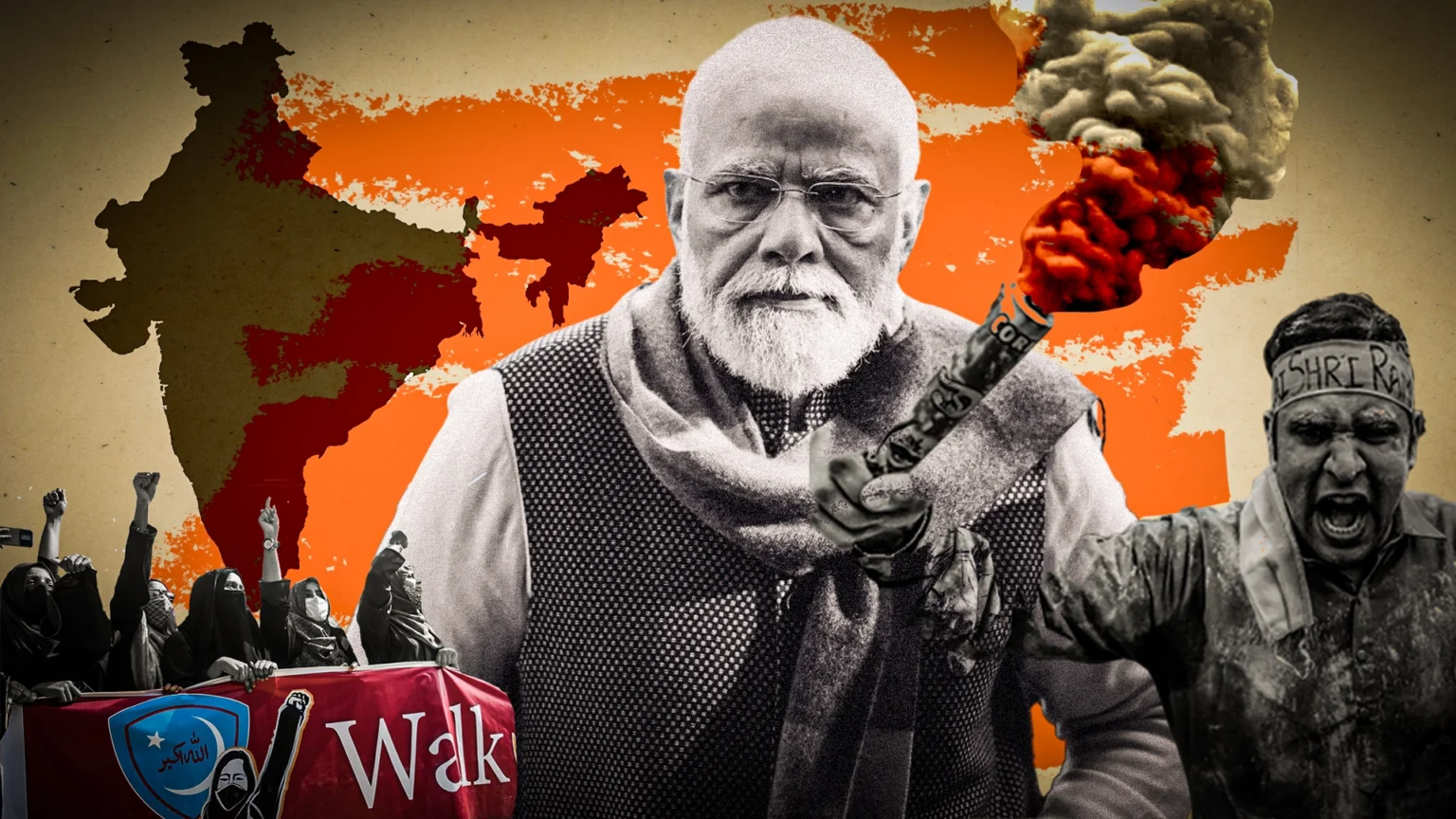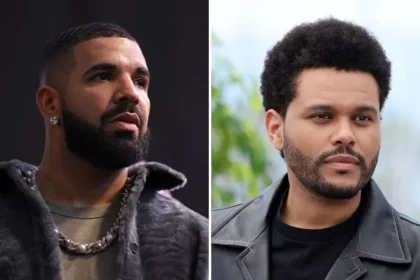The world’s largest democratic election could also be one of its most significant as the India election takes place on Friday. With a population of over 1.4 billion people and nearly 970 million voters, India’s general election pits Prime Minister Narendra Modi, an avowed Hindu nationalist, against a wide coalition of opposition parties that are stumbling to play catch up.
Modi first came to power in 2014 on oaths of economic development, showing himself as an outsider cracking down on corruption. Since then, he has combined religion with politics in a procedure that has drawn wide backing from the country’s majority Hindu population.

India under Modi is a rising global power, but his government has also been marked by rising unemployment, attacks by Hindu nationalists against minorities, especially Muslims, and a shrinking space for free speech and media.
How does the general election work?
The six-week-long election began Friday and consequences will be announced on June 4. The voters, who make up more than 10 percent of the world’s population, will elect 543 members for the lower house of Parliament for a five-year term.
The voting will be held in seven phases, and ballots will be cast at more than a million polling stations. Each stage will last a single day with several constituencies across numerous states voting that day.

The staggered polling lets the government deploy tens of thousands of armies to control violence and transport election officials and voting machines.
India has a first-past-the-post multiparty electoral system in which the candidate who obtains the most votes wins. To bag a majority, a party or coalition must breach the mark of 272 seats.
Who are the candidates?
Modi’s Bharatiya Janata Party (BJP) and his main challenger, Rahul Gandhi of the Indian National Congress, represent Parliament’s two largest blocs. Several other significant regional parties are part of an opposition bloc.

Opposition parties, which have been previously snapped, have joined under a front called INDIA, or Indian National Developmental Inclusive Alliance, to reject Modi a third consecutive election victory.
The alliance has fielded a single main contender in most constituencies. But it has been annoyed by ideological differences and personality conflicts and has not yet settled on its candidate for prime minister.
Modi may win again for the third time
Most surveys indicate Modi is likely to succeed comfortably, particularly after he opened a Hindu temple in northern Ayodhya city in January, which fulfilled his party’s long-held Hindu nationalist commitment.

Another win would cement Modi as one of the nation’s most popular and important leaders. It would observe a thumping victory in 2019 when the BJP settled an absolute majority by sweeping 303 parliamentary seats.
While the Congress party managed only 52 seats.
What are the big problems India is facing?
For decades, India has stuck doggedly to its democratic beliefs, largely due to free elections, an independent judiciary, a prosperous media, strong opposition, and a peaceful transition of power.
Some of these credentials have noticed a slow decline under Modi’s 10-year rule, with the polls seen as a test of the nation’s democratic values.
Many watchdogs have now classified India as a “hybrid regime” that is neither a full democracy nor a full autocracy.
Modi’s third term could be threaten to religious minorities, especially Muslims
The voting will also test the limitations of Modi, a populist leader whose peak has seen rising attacks against religious minorities, especially Muslims.

Analysts blame him for running on a Hindu-first platform, threatening the country’s secular roots.
Courts and Media are no longer independent
Under Modi, the media, once considered vibrant and largely independent, have become more pliant and vital voices restrained.
Courts have largely bent to Modi’s choice and provided favorable rulings in important cases. Centralization of executive power has tested India’s federalism.

And federal agencies have jailed top opposition leaders in corruption cases, which they decline.
Another critical issue is India’s big economy, which is among the fastest-growing in the world. It has assisted India in acting as a global power and a counterweight to China.
But even as India’s growth soars by some estimates, the Modi government has struggled to develop sufficient jobs for young Indians and instead has depended on welfare programs like free food and housing to woo voters.




